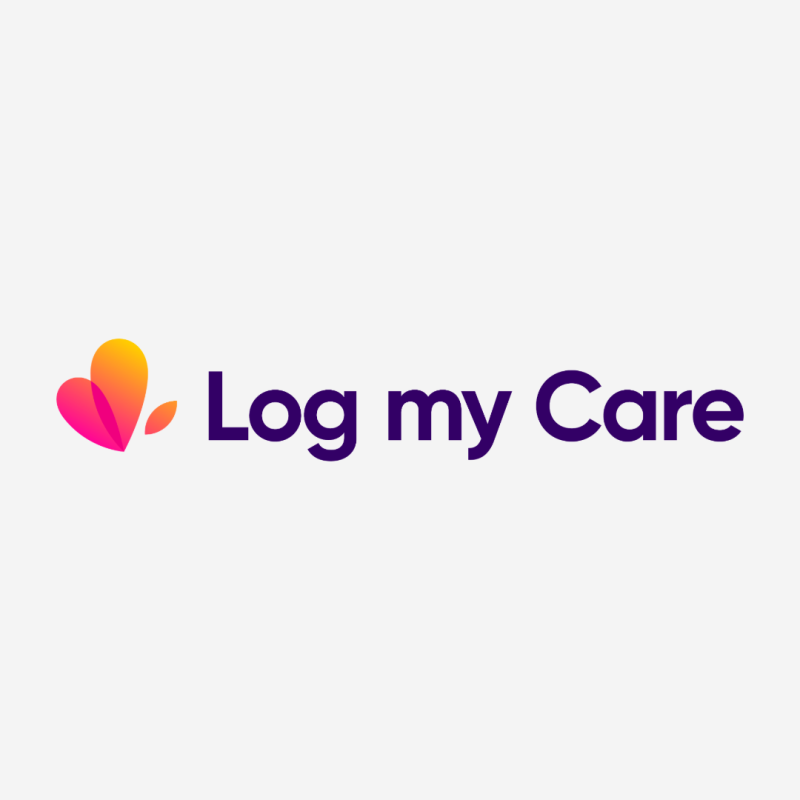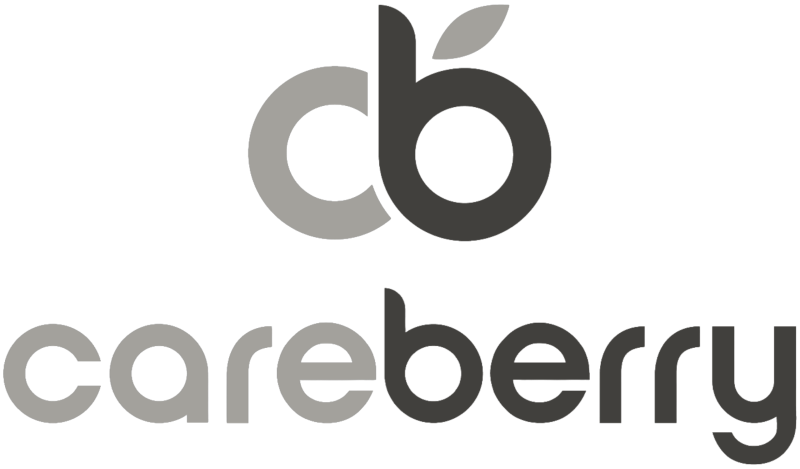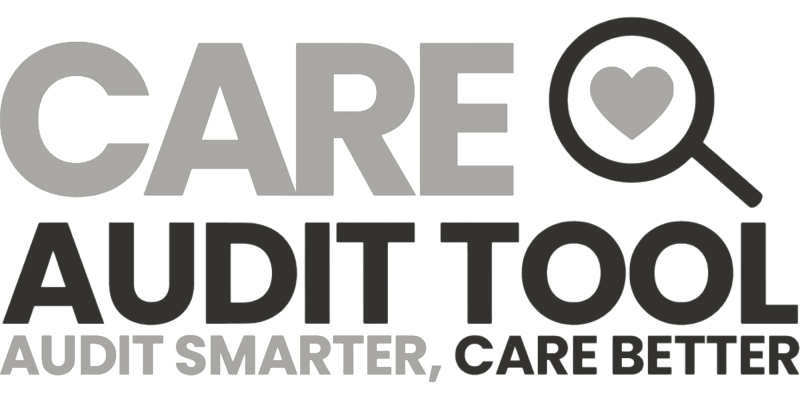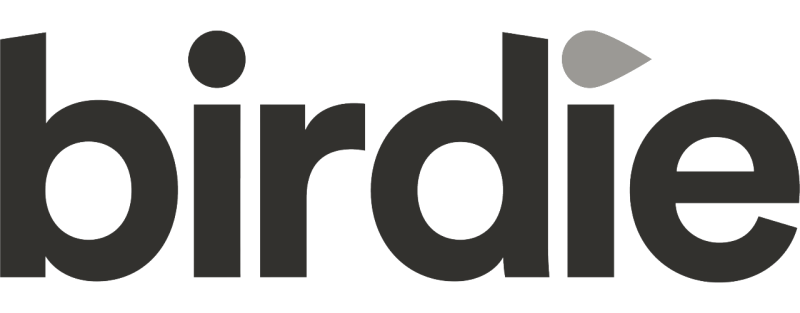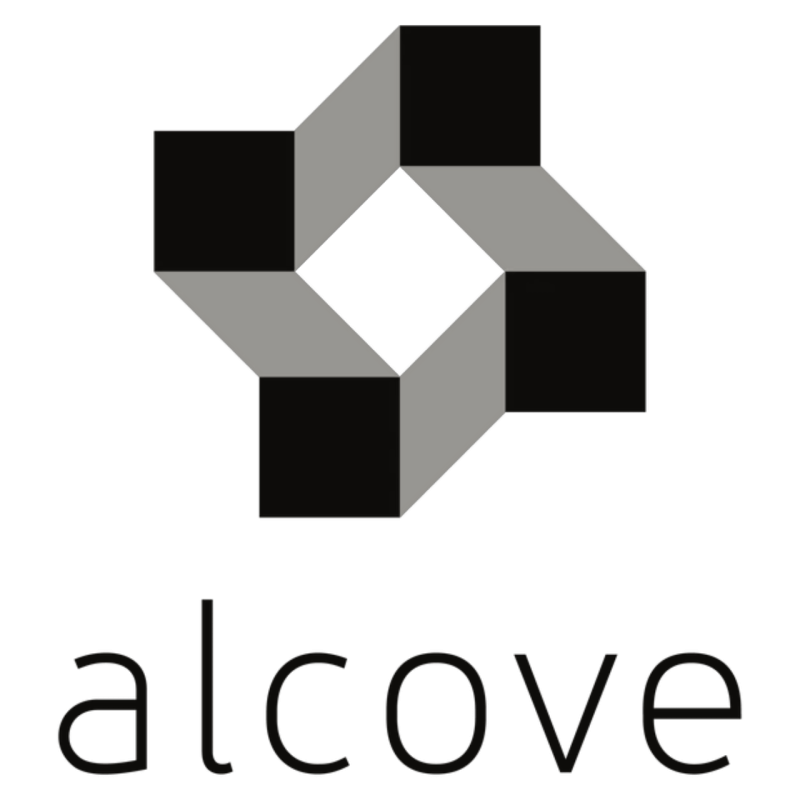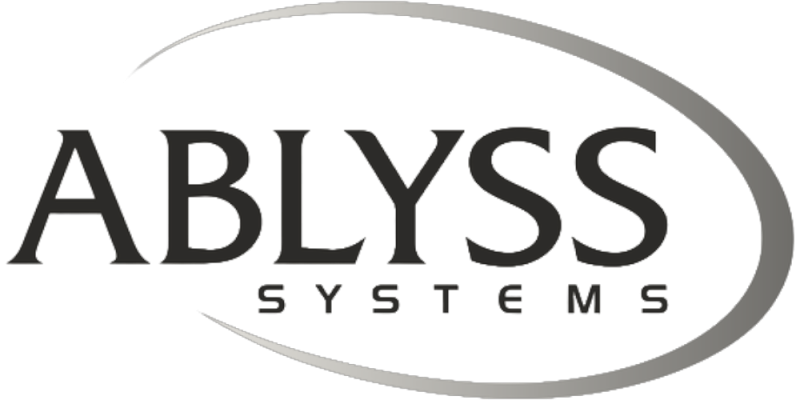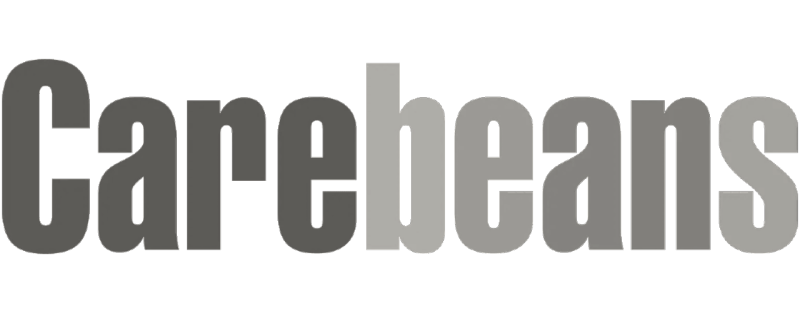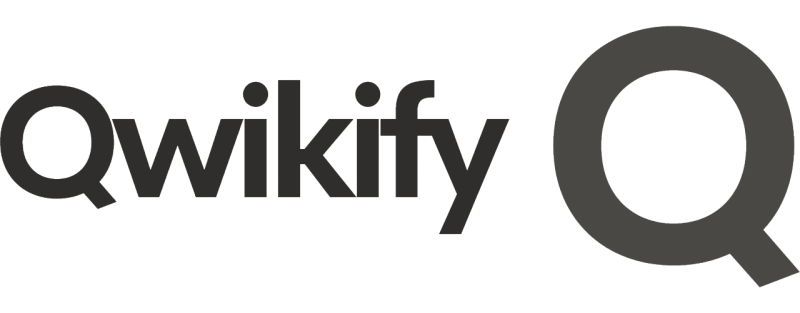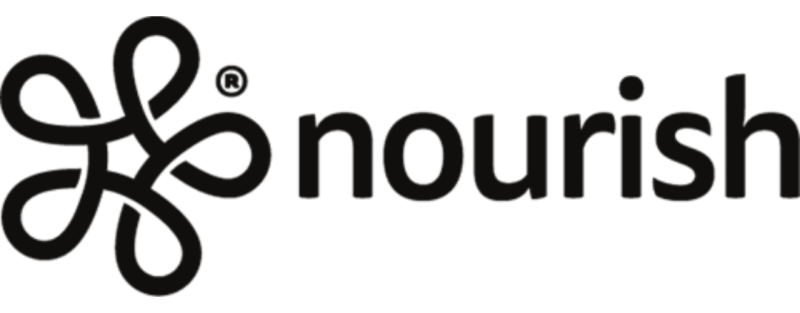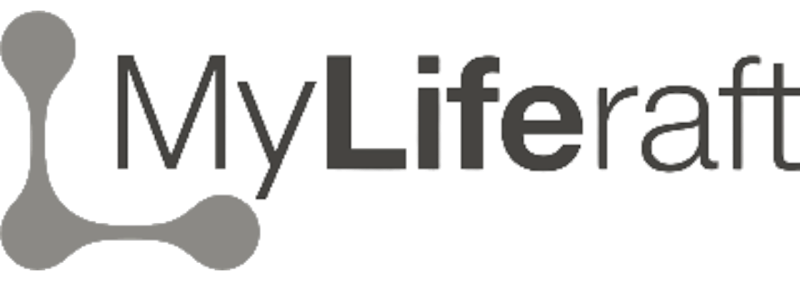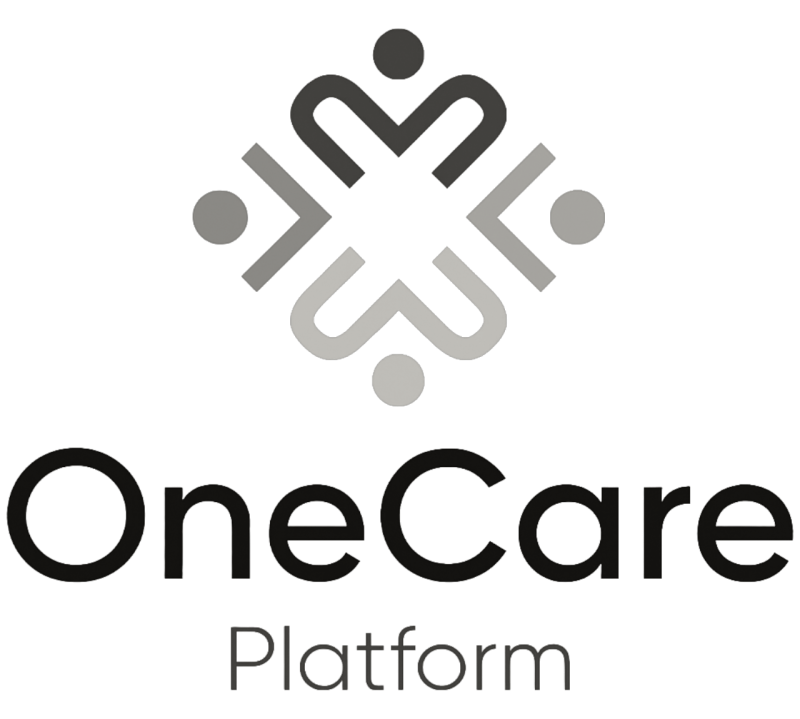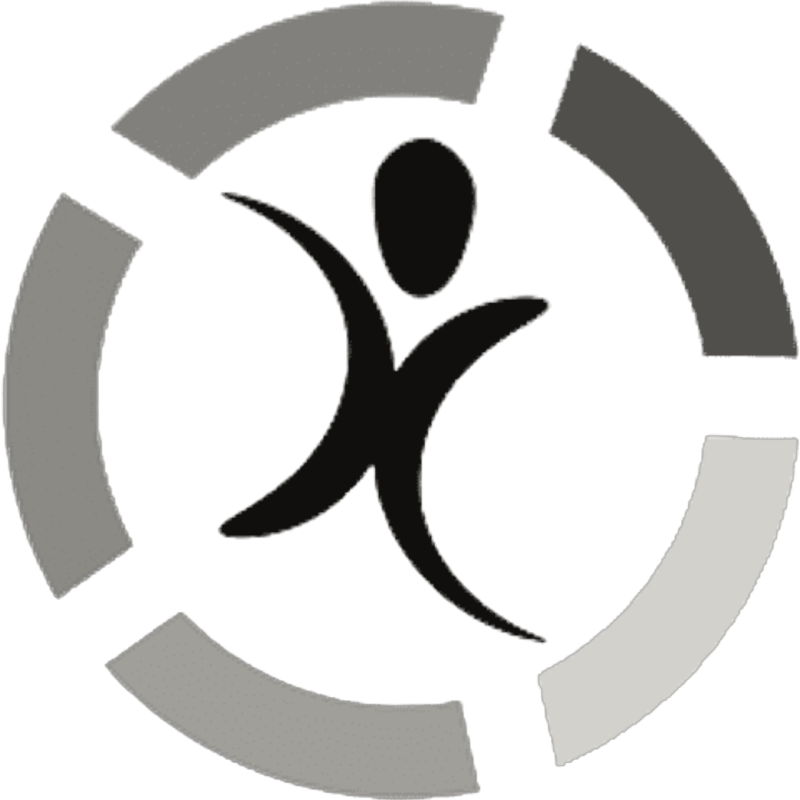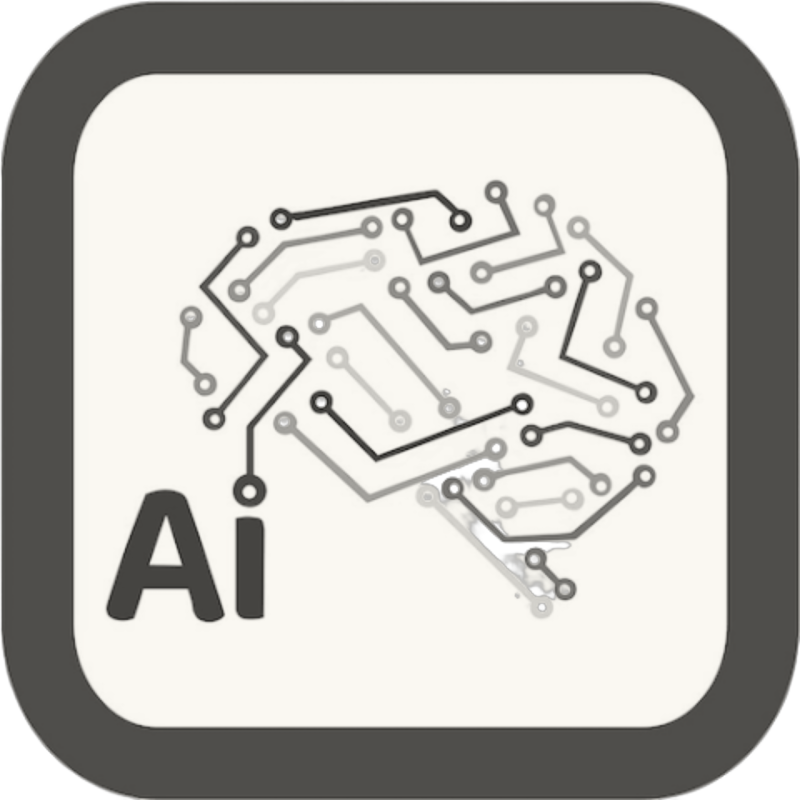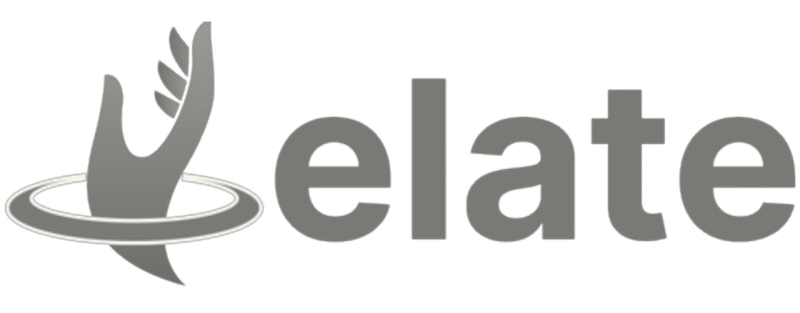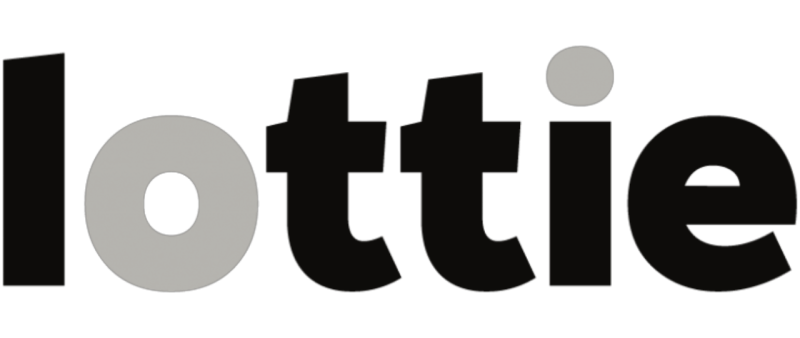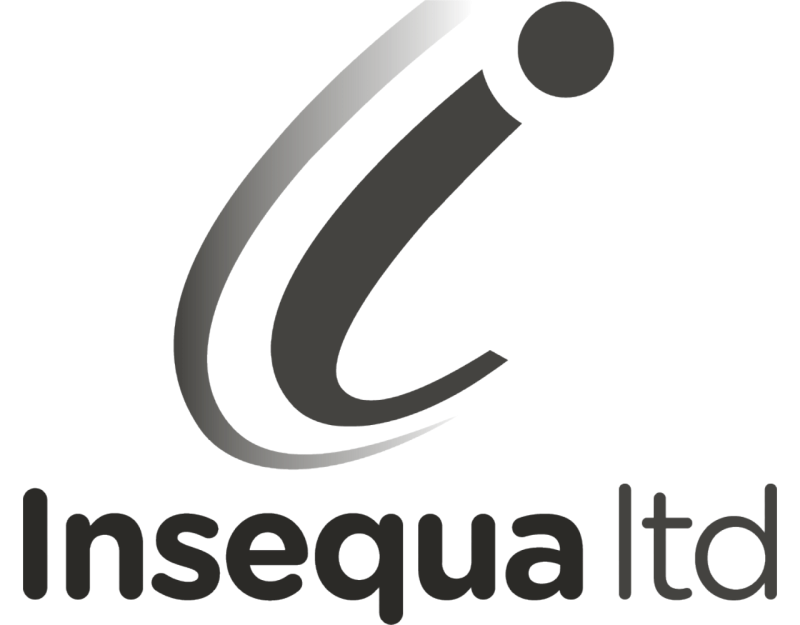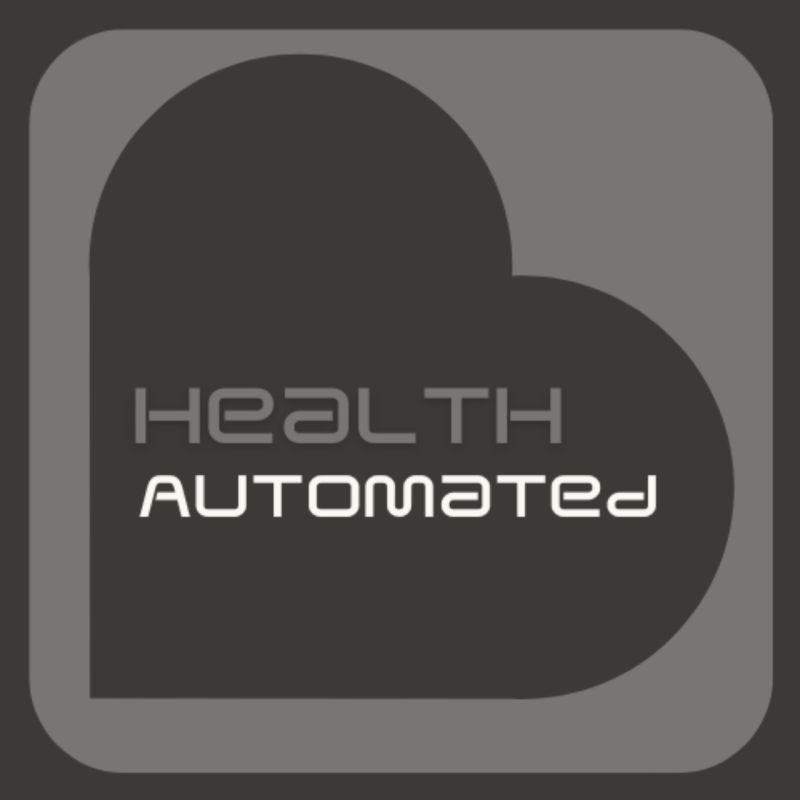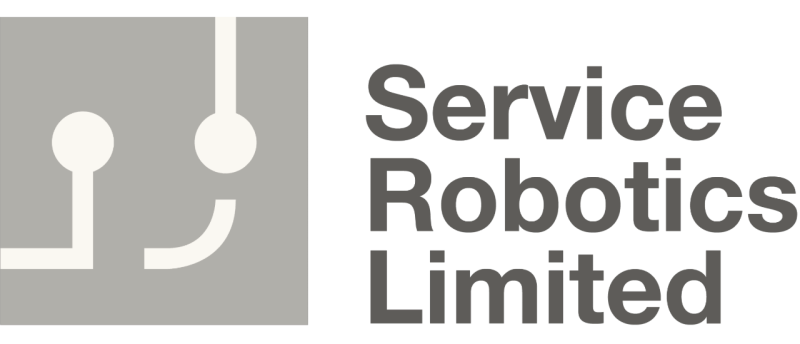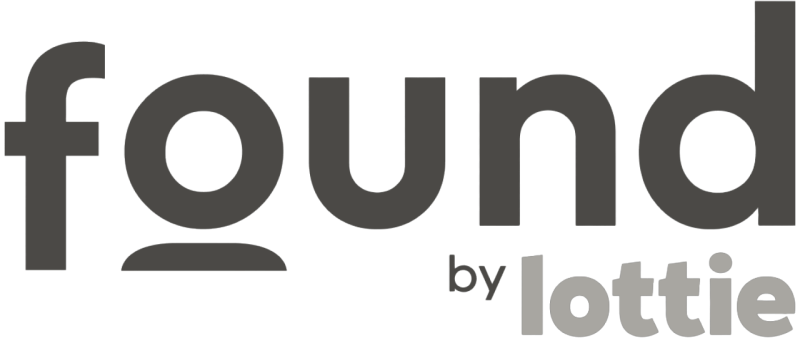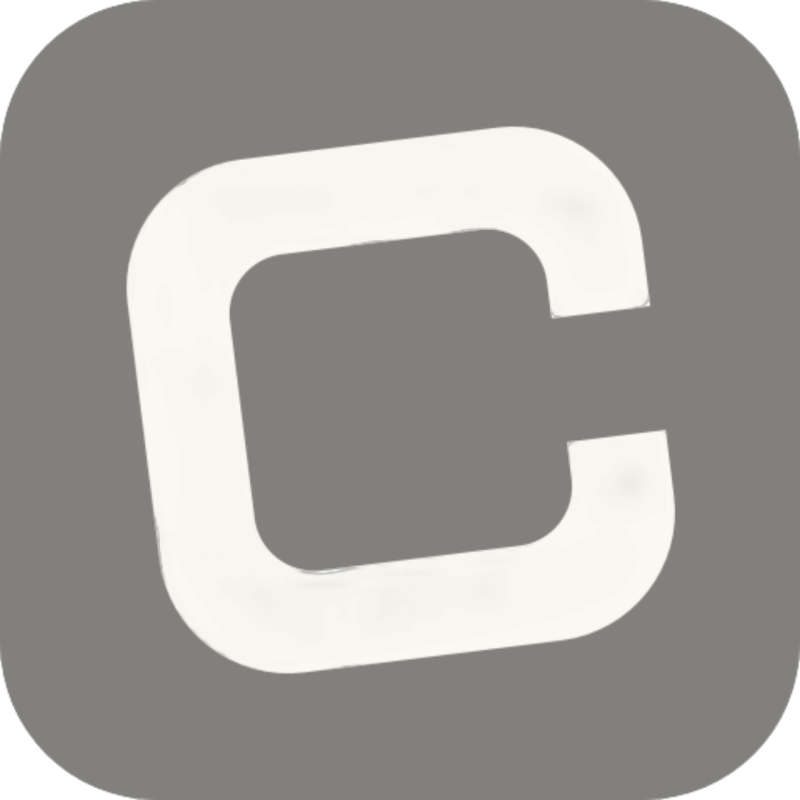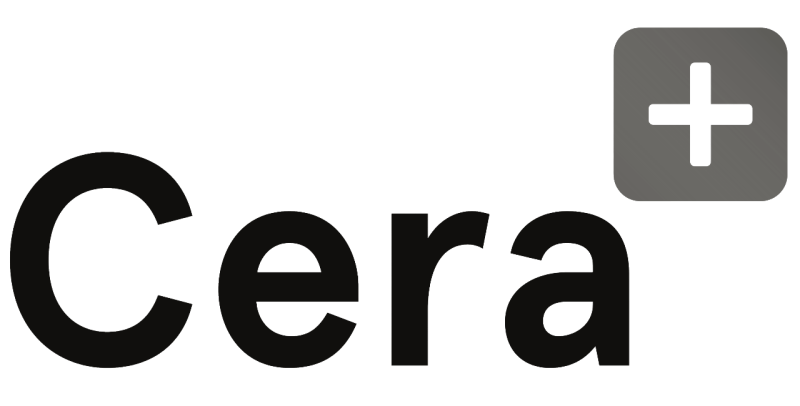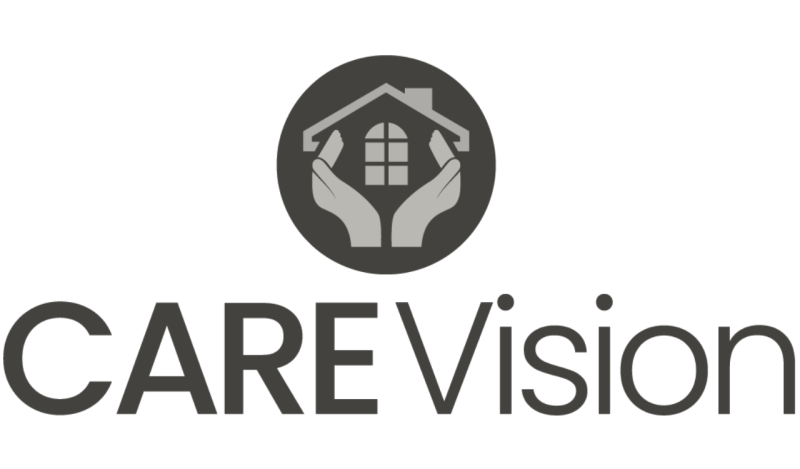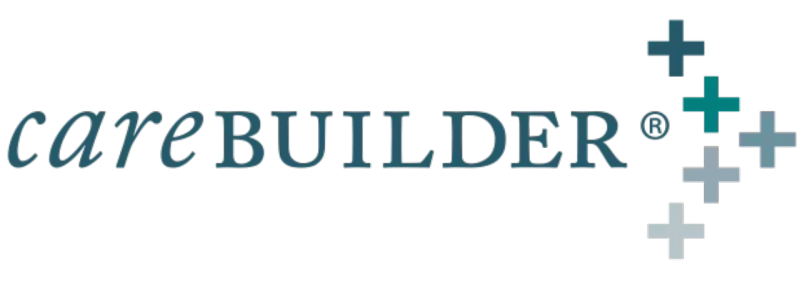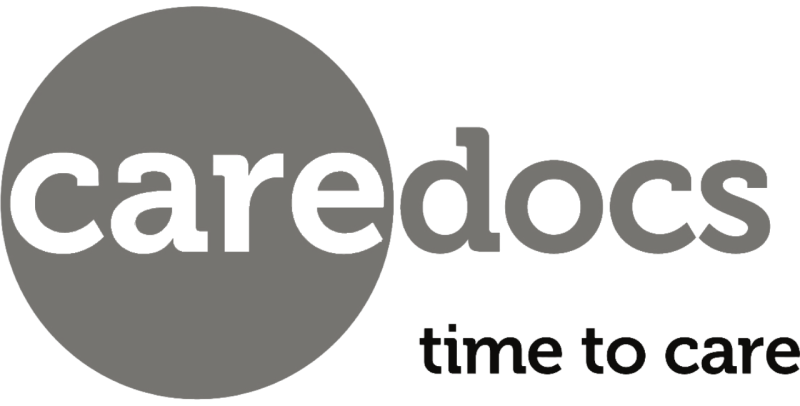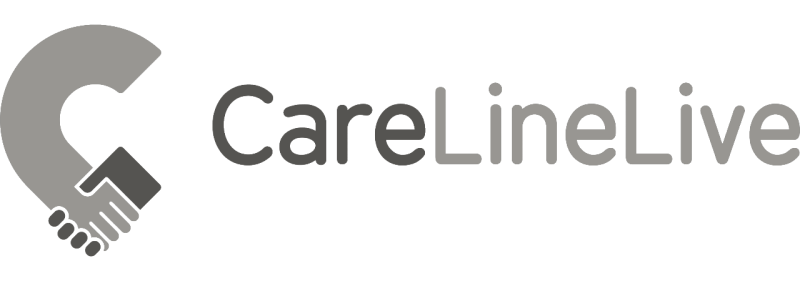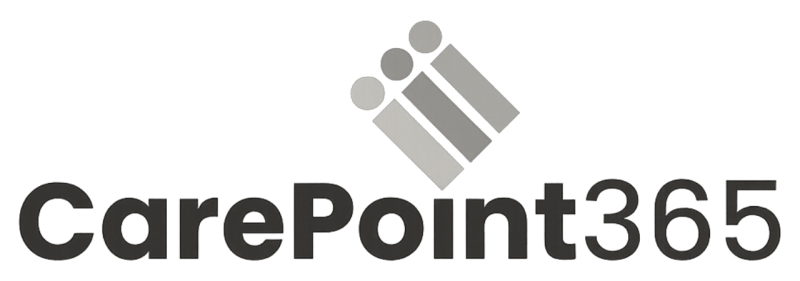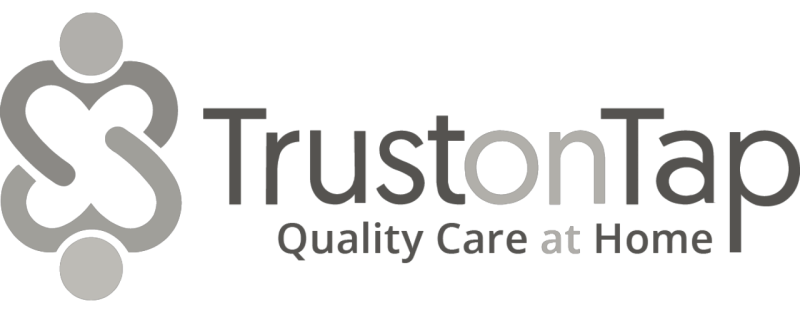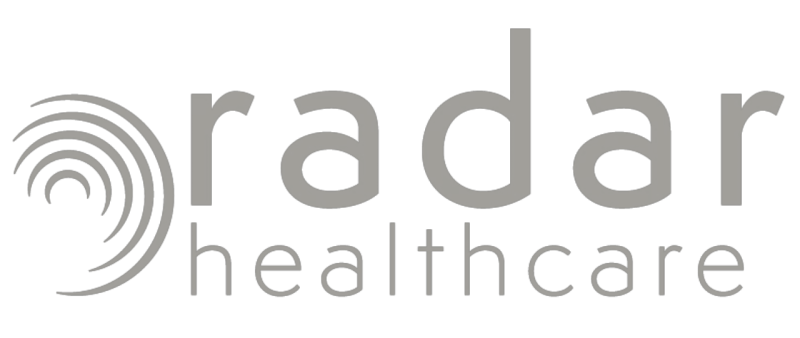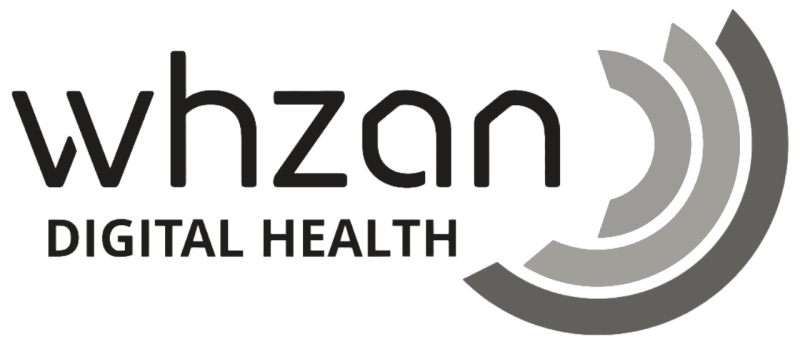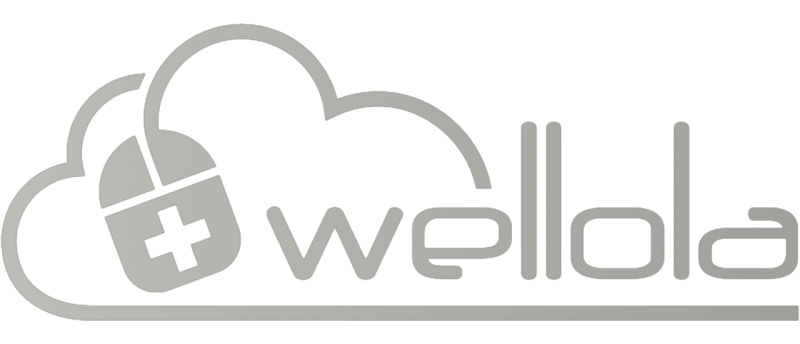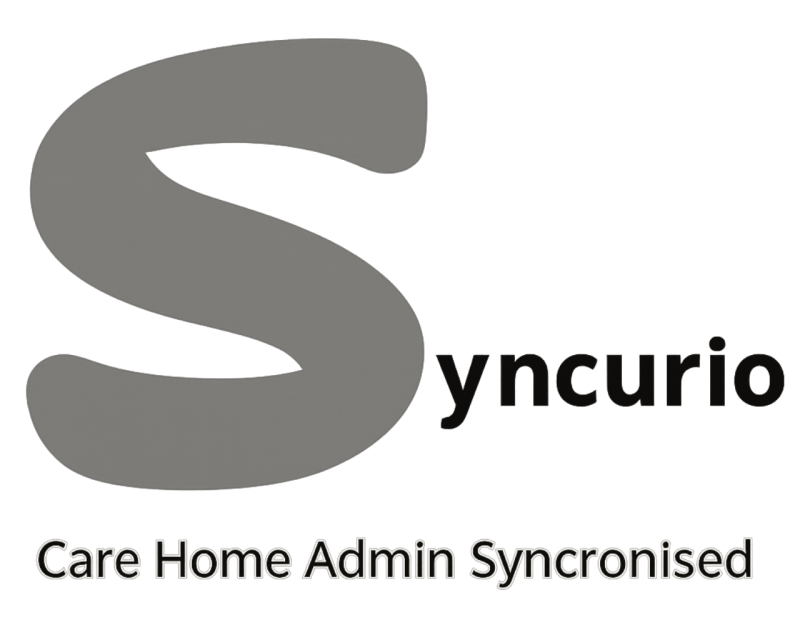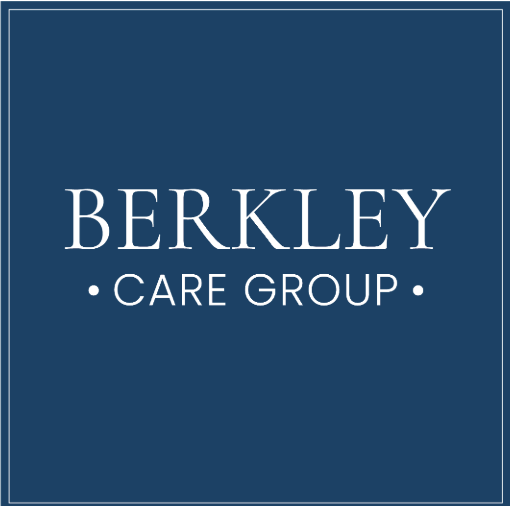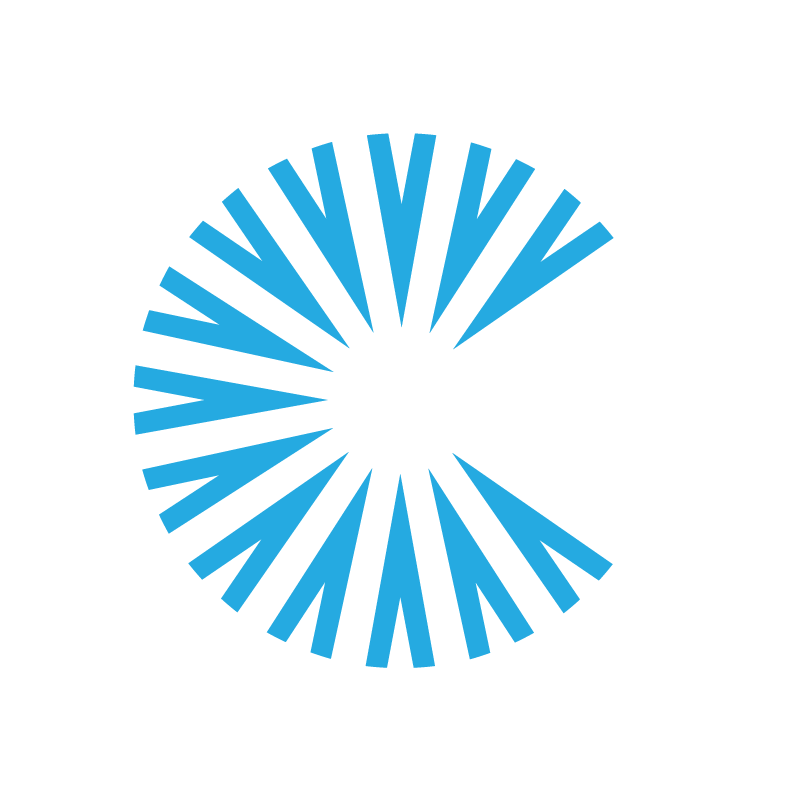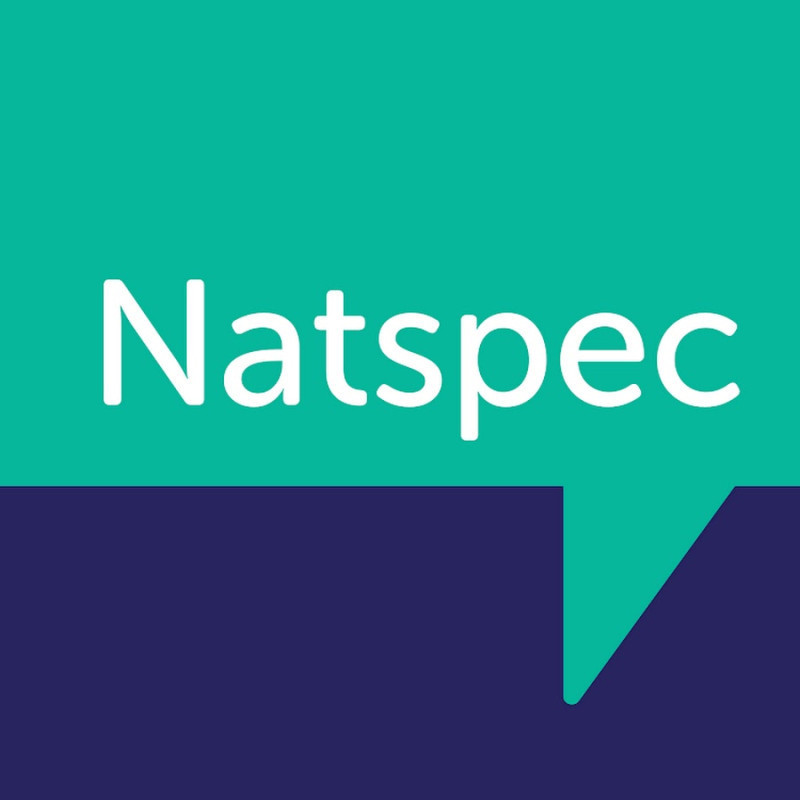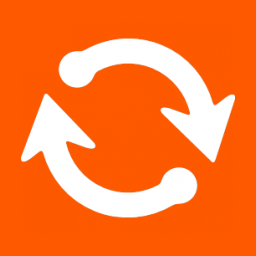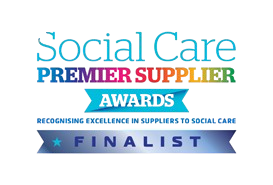Overview
Headquarters: London, United Kingdom
Categories: Supported Living and Home Care Management (Clinical and Non‑Clinical Operations)
Core Product: Log my Care (cloud‑based care management platform with Carer App and Care Office dashboard)
Introduction
Log my Care is a UK‑based provider of intuitive, cloud‑based care management software designed to simplify daily operations for care homes, supported living services, domiciliary care agencies, and nursing providers. Founded in 2017 by Sam Hussain and Adam Hurst, the platform was created in response to the increasing pressures on the UK care sector, where providers face rising regulatory demands, workforce shortages, and the need for efficiency.
The system is built around two core components:
Carer App – a mobile app for frontline staff to record care at the point of delivery.
Care Office – a web‑based dashboard for managers to oversee compliance, occupancy, and performance.
Log my Care’s mission is to “make outstanding care accessible to everyone”, reflecting its focus on affordability, usability, and person‑centred outcomes. The platform is trusted by over 2,000 care providers, supporting more than 20,000 people every week.
User Feedback: Strengths and Weaknesses
Feedback for Log my Care comes from Trustpilot (3.6/5, small sample), FeaturedCustomers (4.8/5, 946 reference ratings), case studies, and sector reviews. Overall, sentiment is strongly positive, though some caveats are noted.
Positive Feedback
Ease of use and adoption
Carers and managers consistently describe Log my Care as intuitive and easy to navigate. One director noted: “The number one reason we chose Log my Care was the front end. The user interface and user experience were so intuitive. It really set Log my Care apart by some distance.”
Time savings and efficiency
Providers report significant reductions in paperwork and admin. One manager commented: “We saved on printing and travel, and crucially, it freed up time for staff to spend with the people we support.”
Compliance and inspection readiness
Managers value the ability to generate inspection‑ready reports quickly. A care home leader noted: “It was very easy to show the inspector everything he needed about one resident in one place, rather than going through different sets of files.”
Person‑centred care
The platform supports outcomes and goals tracking, enabling providers to evidence person‑centred care.
Customer support
Testimonials highlight responsive and supportive onboarding. One registered manager said: “At first, I didn’t really know if we should go digital… but once I signed up, everything after was just as simple.”
Affordability
Log my Care offers a free Core Module, making it accessible to smaller providers and start‑ups.
Negative Feedback and Caveats
Limited Trustpilot reviews
While case studies and testimonials are strong, independent review volume is relatively small compared to larger competitors.
Learning curve for advanced features
While the basics are intuitive, some managers note that advanced modules (e.g., rostering, PBS plans) require training.
Integration scope
Log my Care integrates with eMAR systems and rostering, but interoperability with NHS systems is still developing.
Mobile vs desktop variation
Some users note that not all features are available across both the Carer App and Care Office.
Cost of add‑ons
While the Core Module is free, advanced features (e.g., rostering, eMAR) are paid add‑ons, which may increase costs for smaller providers.
In summary, user sentiment is strongly positive around usability, efficiency, and compliance, while challenges include integration scope, feature parity, and reliance on add‑ons.
Products and Capabilities
Carer App
Record care at the point of delivery
Daily logs, body maps, and handovers
Offline functionality (limited)
Secure, role‑based access
Care Office Dashboard
Real‑time oversight of care delivery
Compliance dashboards and inspection‑ready reports
KPI tracking and benchmarking
Incident management with escalation and follow‑up
Rostering
Schedule visits and shifts in one system
Matches staff skills and availability with service user needs
Real‑time event monitoring for managers
eMAR (Electronic Medication Administration Records)
Digital MAR charts with audit trails
Stock control and medication history
Notifications for carers to administer medication
Digital signatures for accountability
Positive Behaviour Support (PBS) Plans
Link seamlessly across the platform
Provide a full behavioural picture
Support environments where service users can thrive
Outcomes and Goals Tracking
Evidence person‑centred care
Set goals, milestones, and track progress
Report on outcomes at individual or group level
Risk Assessments
Consistent and compliant risk assessment templates
Linked to care plans and goals
Automated reminders for reviews
Interoperability and Standards
Log my Care is designed as a secure, interoperable platform, with:
GDPR compliance: Encryption, secure hosting, and audit trails
CQC alignment: Inspection‑ready reports and compliance dashboards
Integrations: eMAR systems, rostering, and third‑party HR/payroll exports
Cloud‑based access: Available on desktop, tablet, and mobile
Accessibility: Inclusive design for carers and managers
Market Position
Log my Care operates primarily in the UK, serving:
Residential care homes
Nursing homes
Supported living services
Domiciliary care providers
Learning disability and mental health services
It differentiates itself through:
Affordability: Free Core Module lowers barriers to entry
Usability: Intuitive design praised by carers and managers
Compliance focus: Inspection‑ready reports and audit trails
Scalability: Suitable for small providers and large groups
Innovation: Continuous updates and new add‑ons
Competitors include Nourish, Person Centred Software, and KareInn. Log my Care positions itself as the affordable, intuitive alternative, particularly attractive to smaller providers and those seeking a modular approach.
Implementation and Support
Log my Care emphasises a fast, accessible onboarding process, with:
Free sign‑up in under 5 minutes
Training resources and help centre
Dedicated customer support team
Regular updates and feature enhancements
Case studies suggest providers find implementation straightforward, with staff adopting the system quickly due to its intuitive design.
Security and Data Protection
Log my Care prioritises data security through GDPR compliance, ensuring sensitive health and personal information is managed lawfully and responsibly. The platform employs encryption and secure hosting to protect data in transit and at rest, while role‑based access controls restrict visibility to authorised users only. In addition, audit trails and accountability logs provide transparency over system activity, supporting governance and oversight.
To further strengthen resilience, Log my Care implements regular backups and disaster recovery protocols, ensuring services can be restored quickly and reliably in the event of disruption. Together, these measures create a robust security framework that supports compliance, operational reliability, and confidence in the protection of sensitive care data.
Conclusion
Log my Care is a leading UK provider of intuitive, affordable care management software, offering a modular platform that unifies care planning, compliance, rostering, and medication management. Its strength lies in usability, affordability, and compliance assurance, making it a trusted partner for providers seeking to digitise operations without overwhelming staff.
User feedback consistently highlights ease of use, efficiency, and inspection readiness, while challenges include integration scope, reliance on add‑ons, and limited independent review volume.
For care providers seeking a trusted, accessible platform that balances affordability with functionality, Log my Care represents a credible and innovative option. Its emphasis on usability, modularity, and compliance positions it as a key player in the UK care management software market.
References
Trustpilot – Log my Care Reviews https://www.trustpilot.com/review/logmycare.co.uk
Log my Care – Official Website https://www.logmycare.co.uk/
FeaturedCustomers – Log my Care Reviews and Case Studies https://www.featuredcustomers.com/vendor/log-my-care
Care Tech Guide – Log my Care Product Overview https://caretechguide.co.uk/products/log-my-care-log-my-care/
Care Management Matters – Log my Care Care Planning System https://www.caremanagementmatters.co.uk/listing/log-my-care-care-planning-system/
